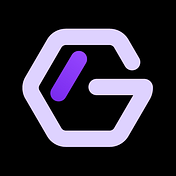
GraphLinq Chain
GraphLinq enables anything & everything crypto/defi oriented to be built without having to code. Build on our IDE now: app.graphlinq.io | GLQChain now live

GraphLinq enables anything & everything crypto/defi oriented to be built without having to code. Build on our IDE now: app.graphlinq.io | GLQChain now live